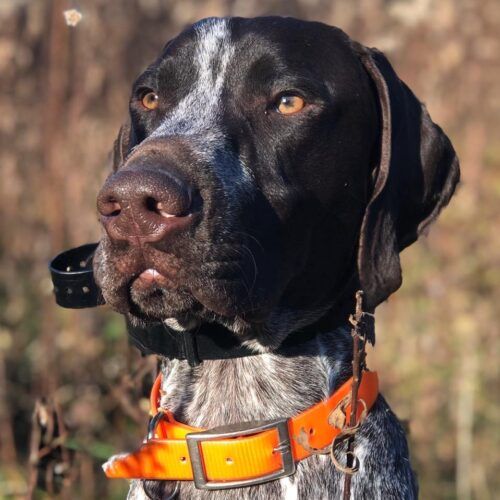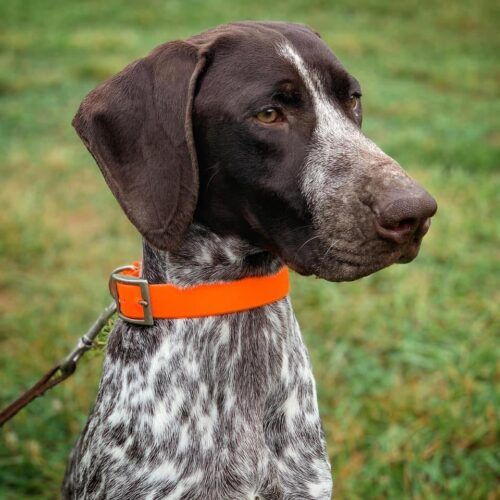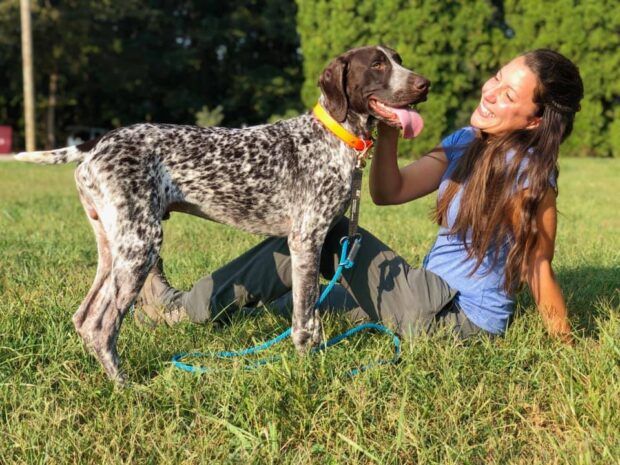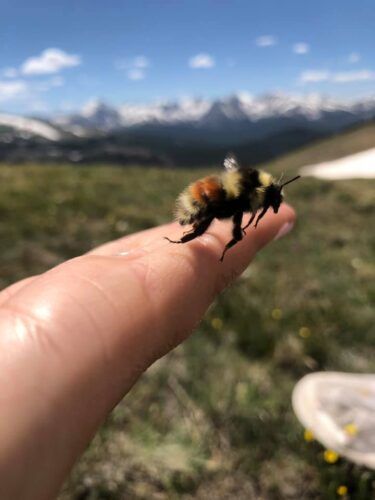Advertisement
America’s First Bee Conservation Dog
Dogs are considered man’s best friend. They are loyal, always happy to see you—and in rare moments, they might even save you or your loved one’s life. There are special types of dogs trained particularly for different needs. Some help the disabled, some for therapy.
Then, there are a select few who are raised to surmount the Herculean task of saving Mother Earth. “How,” you ask? By taking care of bees! In this article, we’ll get to know what a day in the life of a conservation dog is like, and what role it plays in conserving the bee community.

What’s A Conservation Dog?
Conservation dogs are detection dogs trained to save the planet. These dogs are considered a huge asset for the conservation and research of wildlife globally. So, what sets conservation dogs apart from other types and breeds of dogs?
Conservation dogs are specifically raised to have heightened skills that other types and breeds of dogs do not necessarily have. For example, conservation dogs are very good at search operations. They have increased accuracy in finding whatever they need to search for in a shorter amount of time.
While human beings rely primarily on their vision to detect warning signs and signals, dogs have a far more sophisticated olfactory sense that can track the scent of human blood, urine, and—you’ve guessed it—even animals and other species. One dog, in particular, is making his pawprint known to the entire world.

Meet Darwin the Bee Dog
Darwin is a special conservation dog. He is a two-year-old German shorthaired pointer who has dedicated his life training to save bees in the United States. He is the first (and only) conservation dog specializing in saving bees by trekking mountains and locating their nests buried deep in the ground.
One of the reasons Darwin was trained specifically for this purpose is that finding bumblebee nests is no small task, especially for humans who have far less superior senses than conservation dogs.
Jacqueline Staab, who is a researcher at the Appalachian State University in North Carolina, was experimenting with different ways to successfully locate these tricky underground nests but to no avail—until she stumbled upon a 2011 research paper. The study suggested the possibility of using dogs to sniff them out.
Stabb knew that this was going to be a difficult journey. First, she had to look for the dog that had the proper temperament: patient enough to locate the underground nests; a stronger sense of smell compared to other dogs; but not wild enough to destroy the nests. She narrowed down her search to the German shorthaired pointer, mainly for their hunting skills. Darwin, in particular, came from a family of detection dogs.

Darwin’s Bee Training
Once Stabb found the perfect dog breed, her next step was for Darwin to undergo rigorous training to enhance his hunting skills. Darwin had to undergo training early on—as early as six months old! But Staab had another dilemma: finding Darwin the perfect trainer. The dog trainers she called on thought Stabb was insane for training Darwin to find bumblebees, but she eventually got in touch with Highland K-9 in Harmony in North Carolina. The group agreed to train Darwin to hunt for bumblebees.

Bee Conservation Journey
Bumblebees like to set up their nests in higher altitudes. It’s Darwin’s job to use his heightened senses to sniff out the nests at the start of each hunt. Once he locates a nest, he alerts Staab of the location so she could record as much data as she needs.
Indeed, dogs are wonderful animals who also do their part in saving Earth. If you want to know more about Darwin the Bee Dog, you can check out his Facebook account.
